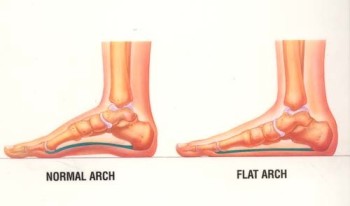The Science Of Peer Pressure
Reporters were interviewing a 104 year-old woman. One reporter asked, “What do you think is the best thing about being 104?” She simply replied, “No peer pressure.”
Peer pressure is an unavoidable influence affecting all of us to some degree from childhood through adulthood.
A hefty portion of young children and teens seem to be particularly vulnerable to peer pressure. For example, statistics show a teenage driver with a same-age passenger in the car is at higher risk of a fatal crash than an adolescent driving alone or with an adult.
There are a wide range of negative behaviors confronting today’s youngsters.
- Drinking,
- Smoking,
- Skipping class,
- Reckless driving, and
- Staying out past curfew.
These are just a few of the negative behaviors a young person can be influenced to participate in even though it may be something they have no desire to do.
However, peer pressure is not exclusively negative there’s also positive peer pressure. Peers can positively pressure each other to
- Be honest
- Achieve
- Avoid Alcohol
- Avoid drugs
- Not smoke
- Be nice
- Respect others
- Work hard
- Exercise
By properly training your children to recognize peer pressure as well as how to appropriately respond to it will reduce their vulnerability to peer pressure. As you’ll read in the following infographic, there’s a considerable measure of research and science behind the impact others can have on us.
The Science of Peer Pressure by Wooden Toy Shop
In the following two minute video Liz Laugeson, PsyD, shares excellent advice for parents on the best methods for teaching your children how to deal with peer pressure effectively.
Copyright: creatista / 123RF Stock Photo







